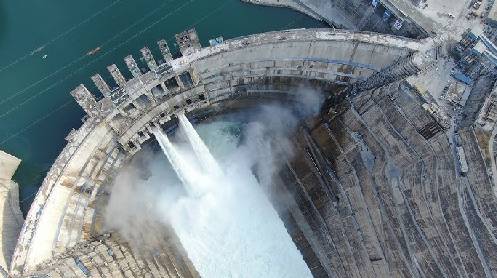KARACHI: Power generation in Pakistan dropped by 6.4% to 12,487 gigawatt-hours (GWh) in September, compared to the same month last year. The decline was driven by rising energy costs, an increase in off-grid solar power production, and weakening demand from struggling industrial sectors.
This reduction in demand for national grid power is expected to raise the capacity payment burden on consumers, further increasing electricity costs. Despite government efforts to lower power prices through reforms and ongoing negotiations with Independent Power Producers (IPPs), the burden persists.
Nuclear power generation fell sharply by 30%, to 1,596 GWh, while output from expensive imported coal surged by 78% to 1,148 GWh, significantly altering the energy mix. As a result, fuel costs rose by 12.4%, pushing the power tariff up to Rs8.34 per unit.
According to data from the National Electric Power Regulatory Authority (NEPRA), power generation in the first quarter of fiscal year 2024-25 (July-September) dropped by 8.1% year-on-year, with September’s output down 5.3% from August. Tahir Abbas, Head of Research at Arif Habib Limited (AHL), attributed the decrease in nuclear production to the annual maintenance of a nuclear plant, which led to increased reliance on costly imported coal.
Abbas also highlighted that 75-80% of power generation came from zero-fuel-cost sources, including hydropower, nuclear, and local fuels like coal and gas. However, he stressed the need for more affordable electricity to boost demand and revive industrial activity.
Hydropower contributed 39% of the total energy mix, producing 4,838 GWh in September, followed by imported LNG, which generated 2,039 GWh (16%). Nuclear power’s share dropped to 13%, while imported coal’s share nearly doubled to 9.2%.
Fuel costs also surged, with local coal prices rising by 61% and nuclear fuel costs increasing by 29%.
Story by Salman Siddiqui







